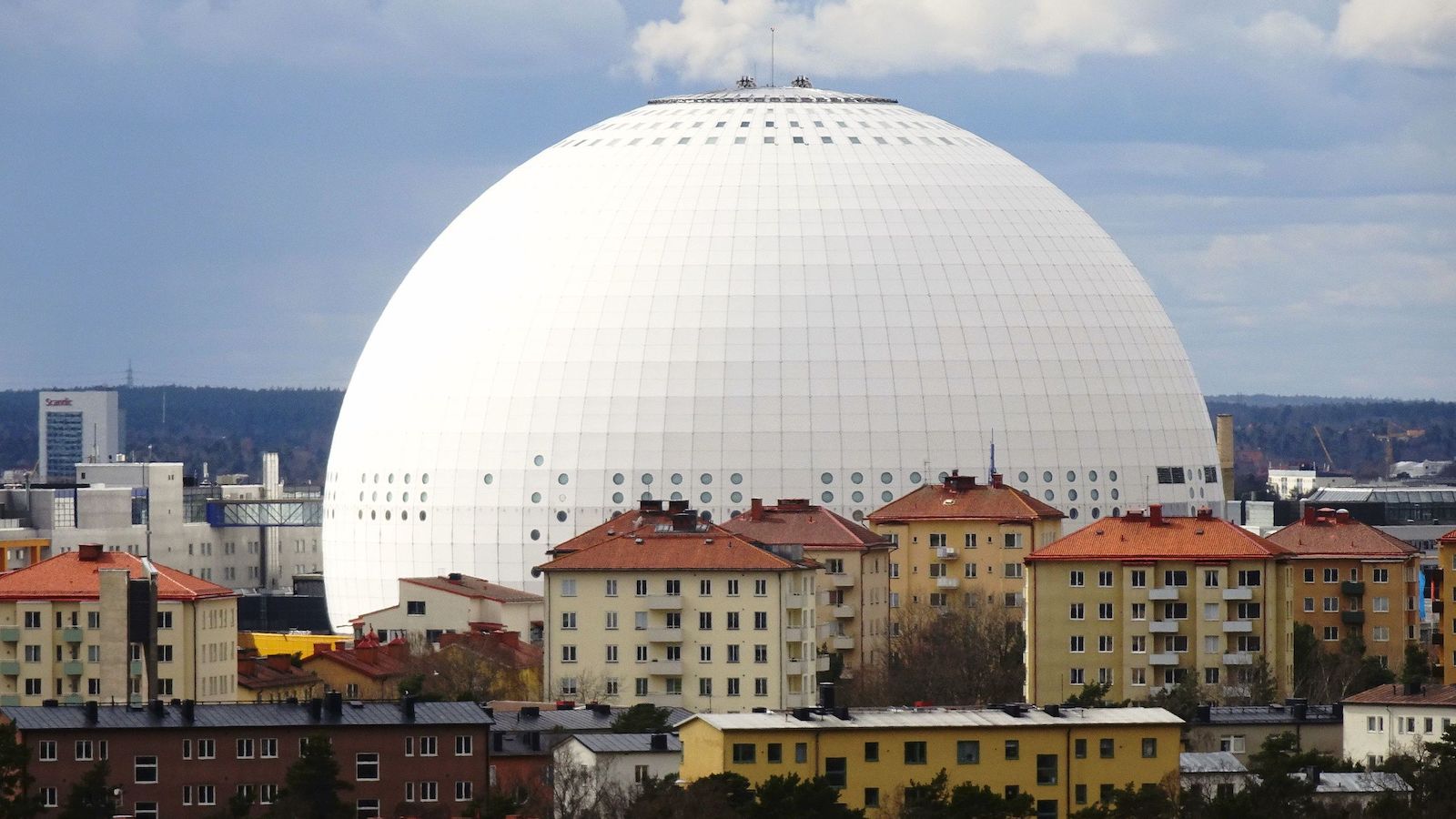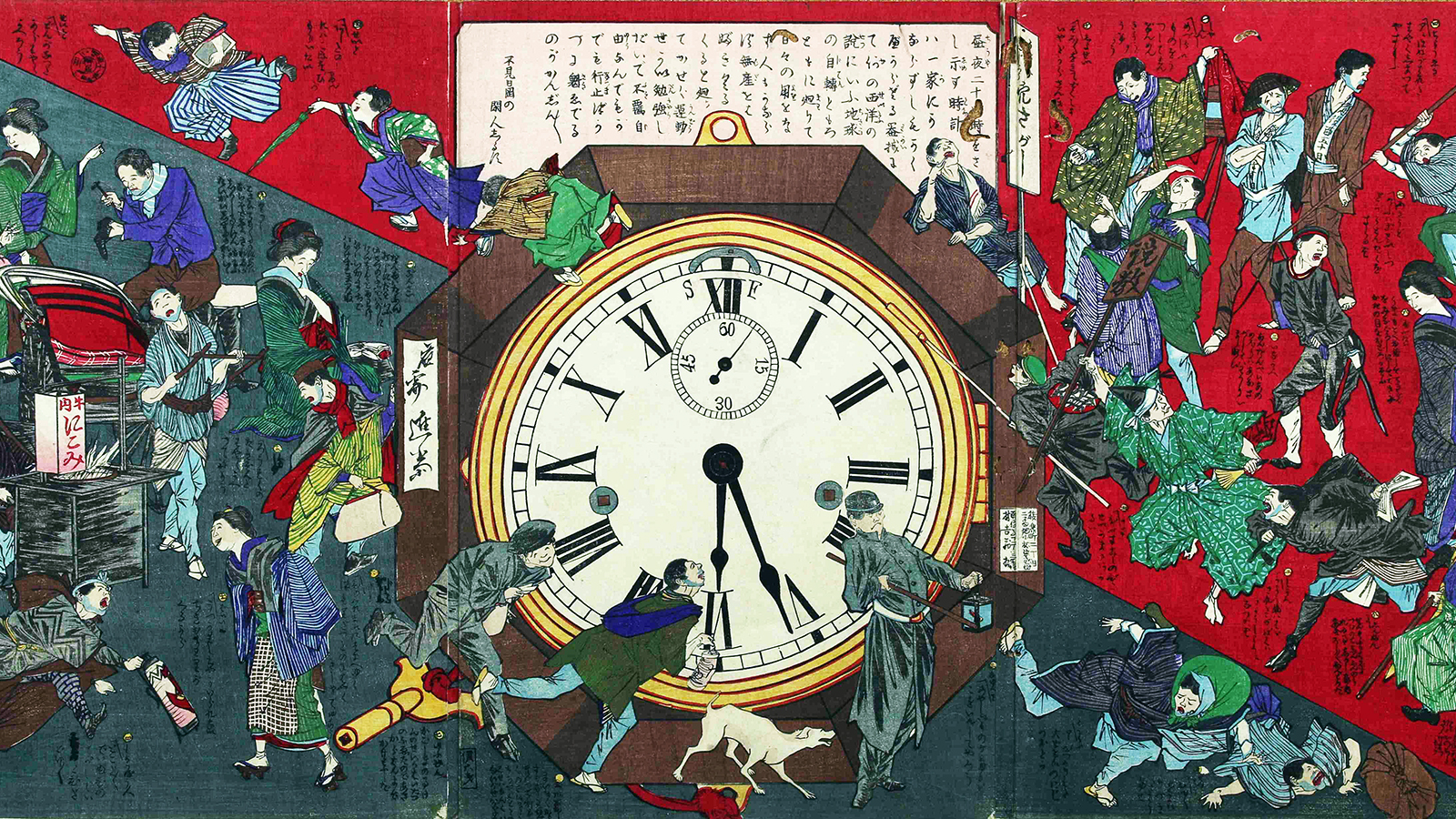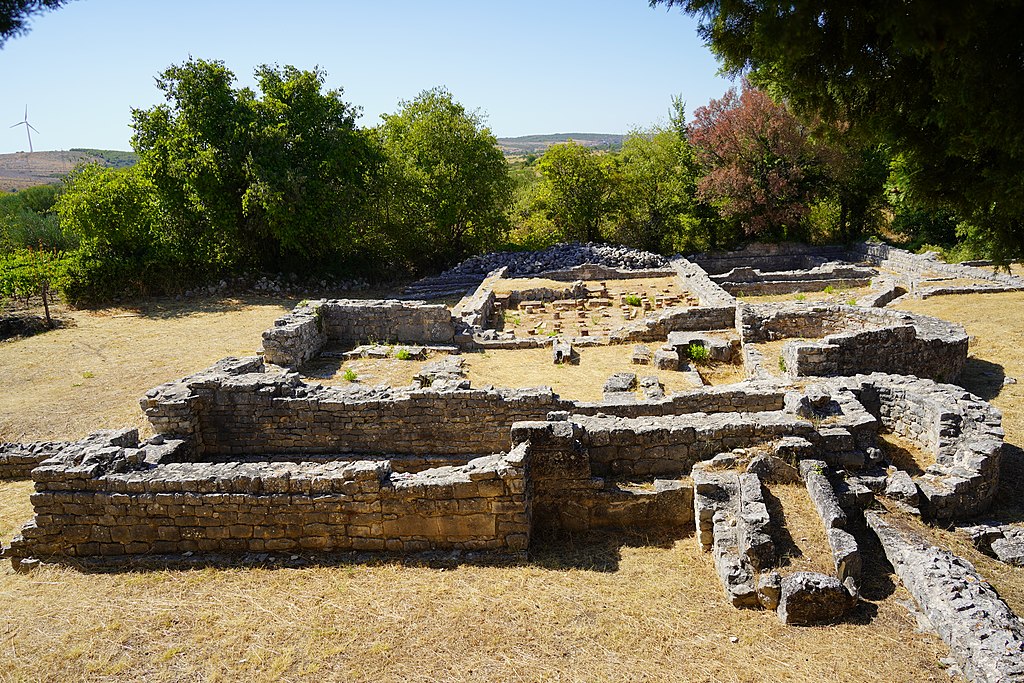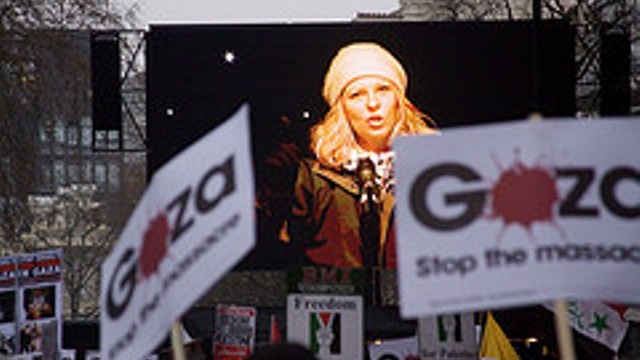A Prayer for the City: The Truth About the Barnes Foundation
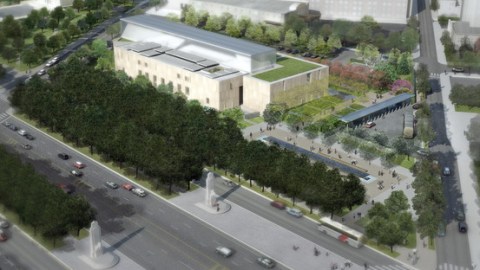
Buzz Bissinger titled his profile of then-Mayor of Philadelphia Ed Rendell’s efforts to save his city from the brink of fiscal disaster, A Prayer for the City. Philadelphia, my native city, always seems to be fighting out of some corner, especially perceptual ones. The soon to be realized move of Dr. Albert C. Barnes’ Barnes Foundation to Philadelphia from a nearby suburb has unsurprisingly brought out many of the old prejudices against the city. Sadly, even respected art critics such as Christopher Knight of The Los Angeles Times fall into the trap of bashing the city in the name of “preserving” the revered intentions of the good doctor’s vision. Here’s my prayer for greater understanding of the truth behind the Barnes Foundation move and a plea for new respect for my city.
Knight recently wrote about the “alarming architectural plans” of the Barnes Foundation’s new location on the Benjamin Franklin Parkway of Center City Philadelphia. He based his objections on a Wall Street Journal profile of the Tod Williams and Billie Tsien, the New York architects designing the new museum (artist’s rendition shown above). Knight recounts all the well-repeated objections, including the relocation of the original building’s art installation by Henri Matisse from a stairwell to a gallery, but adds a new one originating from the WSJ piece involving, of course, Philly Cheesesteaks. The architects’ “absurd description of an early aim to evoke the architectural equivalent of a ‘Philly cheesesteak’ will likely tick off many,” Knight writes.
In the original WSJ article, Williams and Tsien explain that “[e]arly in the design process” they “likened their proposed vertical expansion, which would have slipped in an extra floor, to a ‘Philly cheesesteak,’” out of an attempt to represent “the common man.” However, because of the court-mandated restrictions put in place to retain as much of the original building’s feel, “that particular architectural option proved impractical.” So, the “cheesesteak” plan Knight objects to actually isn’t going to be realized at all. The real objection, I sense, is to what the “cheesesteak” symbolized for the architects and the critic—the greasy fingers of the common man and woman coming close to the masterpieces so long sequestered to the suburbs of Lower Merion out on what Philadelphians know as “the Main Line.”
First of all, as much as Williams and Tsien had good intentions in mind, only New Yorkers would use “cheesesteaks” as shorthand for “the common man,” i.e., the common Philadelphian. Fellow long-suffering native Philadelphians will recognize the common prejudice, seen on any nationally televised sporting event from Philadelphia. The “local color” shots for Monday Night Football, for example, are always the Liberty Bell, the Rocky Statue, and a South Philly cheesesteak stand, as if the proposed “Museum Mile” the new Barnes is to join along with the Philadelphia Museum of Art and the Pennsylvania Academy of Fine Art doesn’t even exist. Philadelphia once ranked second in population only to London among English-speaking cities in the world. The first capitol of the United States, Philadelphia boasts more historical firsts than any city in America. And, yet, we remain the butt of jokes from places as near as New York and as far as Los Angeles. The disdain of Knight’s discussion of “cheesesteaks” reeks of the same elitism that strives to keep the Barnes in the suburbs and out of the city.
Knight hides his prejudice better when discussing the Matisse installation. He argues that taking the work from the stairwell robs it of the impact Barnes intended the work to have as part of the “circulation” of the building. Alas, that institutional “circulation” didn’t include the handicapped, who couldn’t navigate the stairwell to see the work. (Even the fully ambulatory needed to work to see the piece on its high perch.) Knight enlists Matisse’s positive remarks as “proof” that the old building was much better than any new one possibly could be. Color me cynical, but I fail to believe that Matisse, a notoriously sunny character entering the museum of a patron who had already bought nearly 60 past works and just cut a check for a new one, can be counted as an entirely objective judge.
Getting back to the Matisse installation, Knight fails to mention that the artist actually had to scrap his original plans. The Barnes staff sent the wrong dimensions to Matisse in France—a mistake discovered only when Matisse arrived on site. That mishandling belongs to a series of human errors that ranges from high heels accidentally ripping canvases to the daily destruction of poorly regulated temperatures and humidity levels. Where Knight and others nostalgically enjoy the ambiance of the original building, I see only a literally destructive atmosphere so outdated that access to all, particularly the handicapped, is denied. The new building aims at righting those wrongs, while retaining as much of Dr. Barnes eccentric museum designs as humanly possible.
I admire Dr. Barnes’s original intent. He wanted to bring modern art to the masses by putting his money where the mouth of aesthetic and educational philosopher John Dewey was. Somewhere along the way, however, that democratic ideal became lost in a web of visitor restrictions and zoning laws that threatened to bury the foundation alive. (Many of the same suburbanites united to “save” the Barnes once complained vehemently about tour buses and visitors invading their neighborhood to see the art.) Only the threat of bankruptcy cracked open the doors of that tomb. The new location will copy much of the bucolic nature of the original setting with the advantage of bringing the art to the people—all the people. Again, that’s what seems to be bothering those who continue to object to the move.
So, here’s my prayer for my city: Please give us the continued patience to accept the jibes of those at a distance who pretend to know things of a local nature, including the nature of the people. Just as there’s an inverse correlation between knowing the truth of the Mumia Abu-Jamal case and distance from Philadelphia, there’s an inverse correlation between knowing the truth of the Barnes move and distance from Philadelphia. And here’s my plea: The next time you think of all Philadelphians perpetually walking around wiping cheesesteak grease from their hands, remember all the great art that resides in our city, and why it belongs here.
